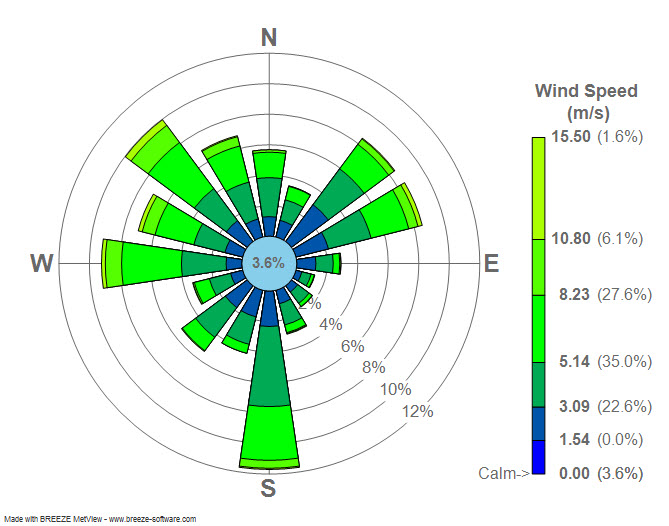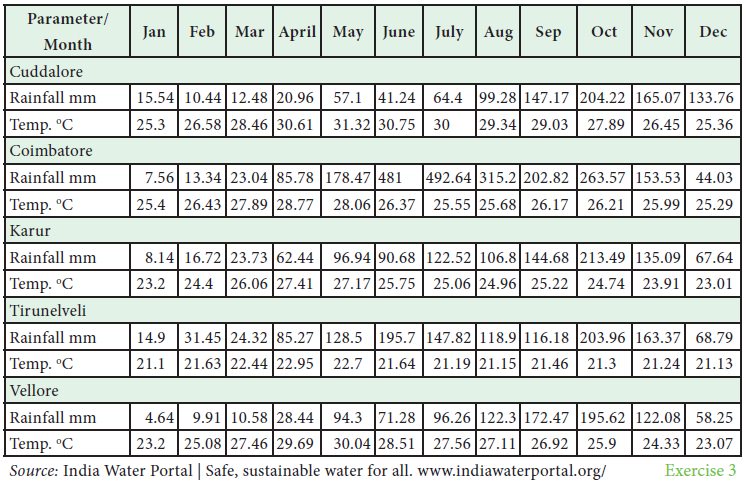

Ring chart, sunburst chart, and multilevel pie chart Although the name "coxcomb" has come to be associated with this type of diagram, Nightingale originally used the term to refer to the publication in which this diagram first appeared-an attention-getting book of charts and tables-rather than to this specific type of diagram. Nightingale published her rose diagram in 1858. The wind rose is still used by meteorologists. Léon Lalanne later used a polar diagram to show the frequency of wind directions around compass points in 1843. The first known use of polar area diagrams was by André-Michel Guerry, which he called courbes circulaires (circular curves), in an 1829 paper showing seasonal and daily variation in wind direction over the year and births and deaths by hour of the day.

If the death count in each month is subdivided by cause of death, it is possible to make multiple comparisons on one diagram, as is seen in the polar area diagram famously developed by Florence Nightingale. The radius of each sector would be proportional to the square root of the death count for the month, so the area of a sector represents the number of deaths in a month. The polar area diagram is used to plot cyclic phenomena (e.g., counts of deaths by month).įor example, if the counts of deaths in each month for a year are to be plotted then there will be 12 sectors (one per month) all with the same angle of 30 degrees each. The polar area diagram is similar to a usual pie chart, except sectors have equal angles and differ rather in how far each sector extends from the center of the circle. " Diagram of the causes of mortality in the army in the East" by Florence Nightingale. A map of his from 1858 used pie charts to represent the cattle sent from all around France for consumption in Paris. The French engineer Charles Joseph Minard also used pie charts, in 1858. According to the historian Hugh Small, "she may have been the first to use for persuading people of the need for change." Nightingale's polar area diagram, : 107 or occasionally the Nightingale rose diagram, equivalent to a modern circular histogram, to illustrate seasonal sources of patient mortality in the military field hospital she managed, was published in Notes on Matters Affecting the Health, Efficiency, and Hospital Administration of the British Army and sent to Queen Victoria in 1858. She was later assumed to have created it due to the obscurity and lack of practicality of Playfair's creation. The graph, then, resembled a cock's comb. Indeed, Nightingale reconfigured the pie chart making the length of the wedges variable instead of their width. įlorence Nightingale may not have invented the pie chart, but she adapted it to make it more readable, which fostered its wide use, still today. Playfair thought that pie charts were in need of a third dimension to add additional information. This invention was not widely used at first. One of those charts depicted the proportions of the Turkish Empire located in Asia, Europe and Africa before 1789.

#Wind rose diagram interpretation series
Playfair presented an illustration, which contained a series of pie charts. The earliest known pie chart is generally credited to William Playfair's Statistical Breviary of 1801, in which two such graphs are used. 2.5 Ring chart, sunburst chart, and multilevel pie chart.2.1 3D pie chart and perspective pie cake.


 0 kommentar(er)
0 kommentar(er)
